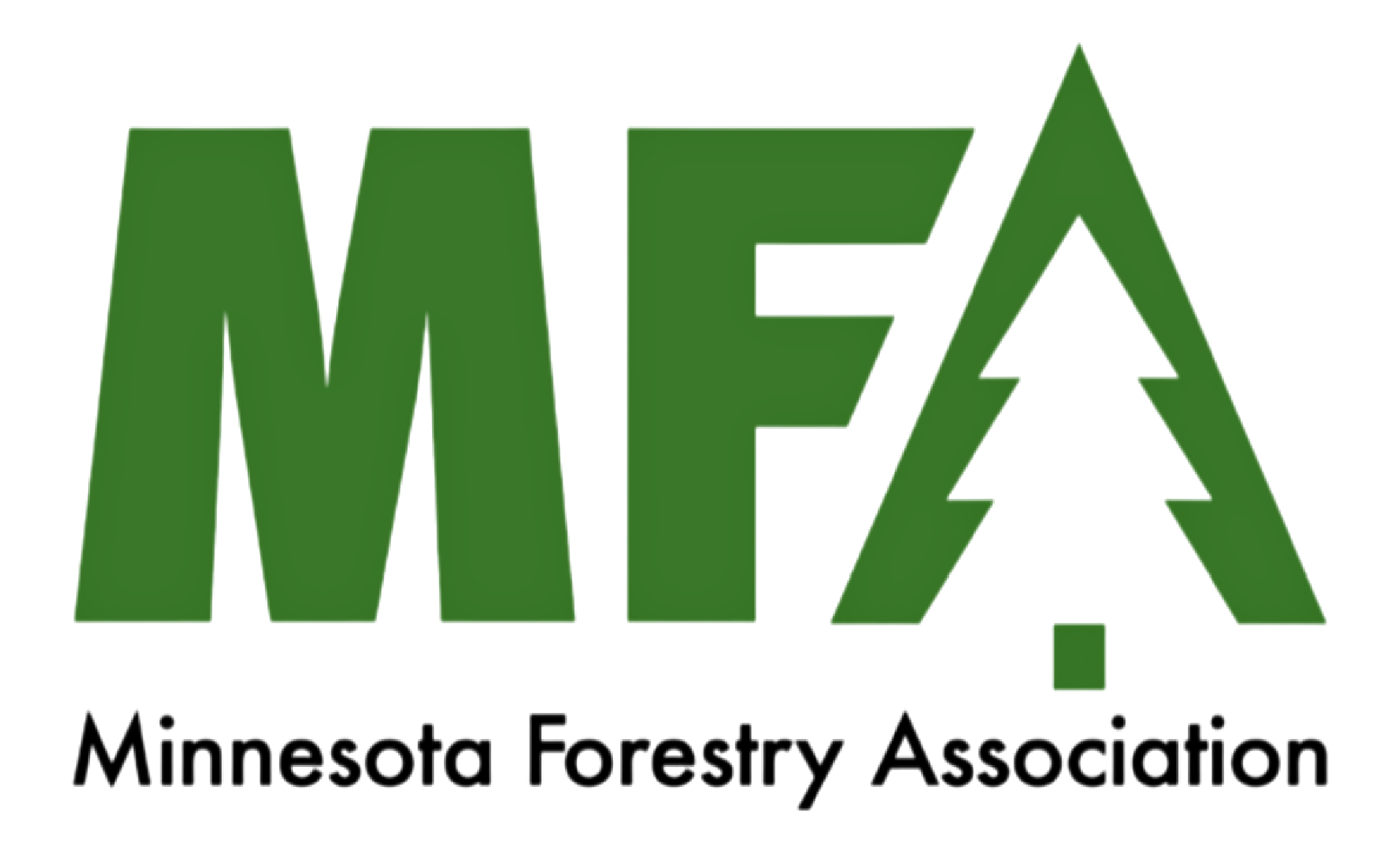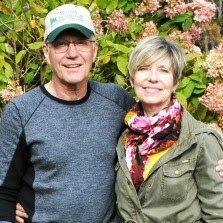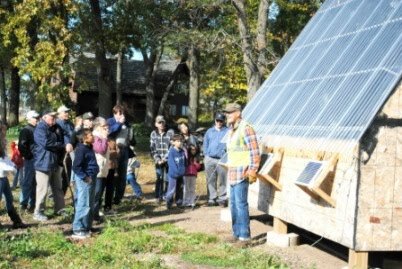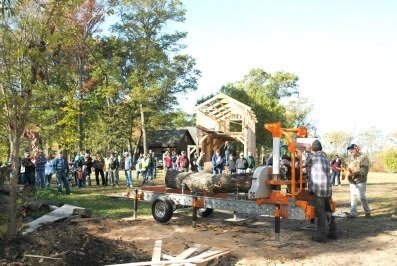If you stand in the middle of Peter and Debra Jensen’s land just west of Princeton, on and rotate in a slow circle, you don’t have to turn very far before your eyes fall upon another work in progress. Right beside the huge firewood pile is a mortise and tenon shed under construction, rising up next to the portable sawmill, which sits next to a solar kiln, which overlooks an octagon-shaped yurt in the pasture with the donkeys. A walk in the woods would take you past carefully logged forests replanted, direct seeded or regenerating on their own, ongoing battles against buckthorn and oak wilt, and a prairie restoration project. With Peter just retiring this past June from his medical practice, one can only imagine what projects will be next!
“The first time I saw this land, I was canoeing the creek with the owner, Jack Grill (sp?). I just thought it was an incredibly beautiful piece of property, and I let Jack know I would be interested in it if they were ever ready to sell. Jack and Dorothy really didn’t want to see the land developed even though they were approached numerous times. In 1990, we bought the first 80-acre parcel and built our home,” said Peter. Over the next 10 years, Peter and Debra bought the remaining 110 acres, developing a close relationship with Dorothy Grill, especially after Jack passed away. “Dorothy is still a part of this property,” said Debra. “It’s been fun to share with her what new projects we’ve undertaken on the land that she and Jack loved.”
New projects, indeed. After building their home and settling in, the Jensens spent some years enjoying the land and learning about what they had. Much of the focus for the beginning phases of work was laid out in their first land stewardship completed 12 years ago. “The Grills had planted 20 acres in mixed pines in the late ‘50s, and it needed work. We pruned and thinned, and seven years ago, hired loggers to clear-cut the stand of scotch pine. “We’re amazed how the birch have regenerated in the clear-cut,” said Peter. “It’s really becoming a beautiful woods without much input from us.” In fact, while they did plant over 10,000 Norway and white pine seedlings in 2001, Peter has become a huge fan of regeneration and direct seeding as opposed to planting bare rootstock. “If I fill out a tree order now, I try to cut it in half when I get to the end. My plans are always bigger than my time and energy, and for the investment, it just doesn’t seem worth it. There are other ways to regrow trees.”
In 2014, Jensens worked with Sherburne County Resource Conservationist Gina Hugo to write up a new Forest Stewardship Plan. “There is significant oak wilt in the area and that’s a huge management challenge as the Jensens have large stands of red, white and burr oak,” said Gina. This fall, loggers have been selectively harvesting oak to increase spacing in hopes of slowing the progress of the disease. Everything from the harvest is sold as firewood or mulch.
While three of Debra’s four children have moved west in recent years, Luke has found a broad canvas on the land for his varied interests. “Luke is behind the yurt, the solar kiln and the mortis and tenon shed,” said Debra. “He loves to read and research new projects, teach himself any skills he might need, and then build something new. Most of the building projects you see here are Luke’s brainchild.” While Peter enjoys these new endeavors, his focus tends toward the more typical pursuits. “Cutting firewood is my main form of mental health maintenance. It’s straightforward, mindless work that I enjoy.”
According to Gina Hugo, the Jensens have been a joy to work with. “Peter and Debra are genuinely kind people and are so rewarding for me to work with,” said Hugo. “They are motivated by the simple pleasures that sustainably working their land brings, and have taken steps to preserve their legacy by enrolling a significant portion of their property in the Minnesota Land Trust.”
Talking to Peter, he easily sums up their views of land stewardship. “I know that I won’t see these white pine become lumber, but someone has to plant them and tend them. Someone has to take care of today’s forests for tomorrow.”




